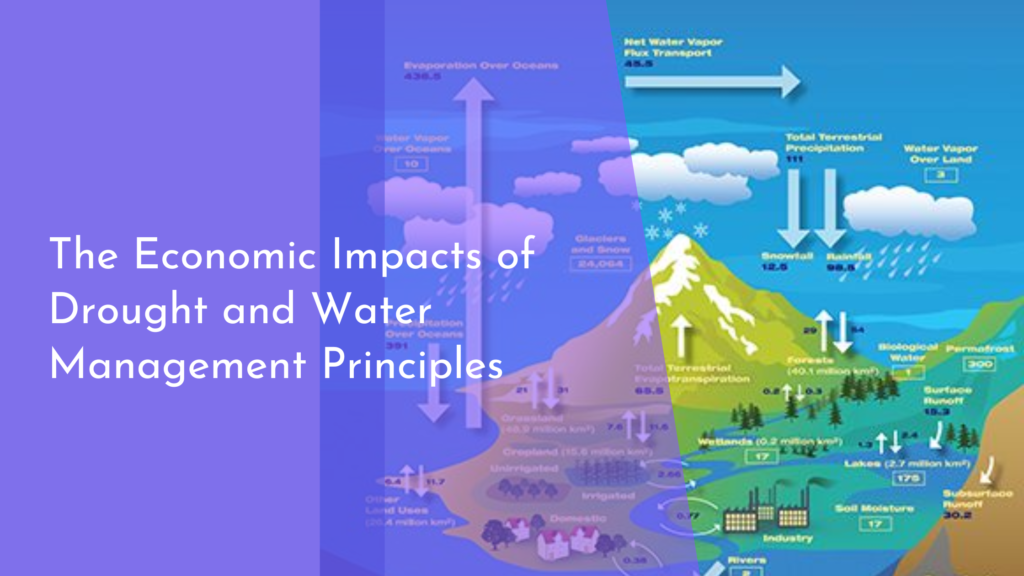Agroforestry’s Role in Urban Resilience
As urbanization continues to reshape our landscapes, cities face a multitude of challenges, from climate change to food insecurity. Amidst these hurdles, agroforestry emerges as a beacon of hope, offering innovative green solutions that integrate agricultural practices into urban settings. By harnessing the power of trees and plants, agroforestry not only beautifies urban spaces but also enhances the resilience of cities against environmental stressors. This article explores the multifaceted role of agroforestry in urban resilience, highlighting its potential to create sustainable, vibrant communities.
Discovering Agroforestry: A Green Solution for Cities
Agroforestry, the practice of integrating trees and shrubs with crops and livestock, is not confined to rural areas; it is making waves in urban environments as well. In cities, agroforestry can manifest in various forms, such as community gardens, rooftop farms, and urban orchards. These green spaces do not merely serve as aesthetic enhancements; they contribute to food production, carbon sequestration, and improved air quality. By transforming underutilized land into productive ecosystems, urban agroforestry presents a powerful solution that addresses the pressing need for sustainable urban development.
Moreover, the adaptability of agroforestry practices means that they can be customized to fit the unique characteristics of urban areas. From vertical gardens on walls to edible landscapes in public parks, these innovative designs allow cities to utilize available space efficiently. By embracing agroforestry, urban planners and communities can cultivate a connection with nature, fostering a sense of responsibility for the environment while providing essential resources. This green revolution can inspire cities to rethink their relationship with nature and redefine urban living.
Boosting Urban Resilience Through Diverse Planting Practices
Diversity is the cornerstone of resilience, and agroforestry thrives on this principle. By incorporating a variety of plant species into urban landscapes, cities can create ecosystems that are better equipped to withstand environmental challenges. These diverse plantings can mitigate the urban heat island effect, reduce stormwater runoff, and improve overall climate resilience. When cities invest in agroforestry, they naturally enhance their ability to adapt to changing weather patterns and extreme events, making communities less vulnerable to the impacts of climate change.
Moreover, diverse planting practices can support local economies by providing residents with access to fresh produce. Community-supported agriculture (CSA) programs and farmers’ markets benefit from the integration of agrarian practices within urban environments. This not only strengthens food security but also builds a sense of community, as neighbors come together to support local initiatives. By fostering a diverse ecosystem of plants and resources, cities can create a resilient urban landscape that nourishes both people and the planet.
Enhancing Biodiversity: Nature’s Ally in Urban Areas
Agroforestry plays a vital role in enhancing biodiversity in urban areas, acting as a refuge for various species that might otherwise struggle to survive in concrete jungles. By incorporating trees, shrubs, and diverse plant life, cities can provide habitats for pollinators, birds, and beneficial insects. This rich tapestry of flora and fauna contributes to healthier ecosystems, promoting natural pest control and reducing the need for chemical interventions. The presence of these organisms also enriches the urban experience, creating a more vibrant and lively environment for residents.
Additionally, urban agroforestry can serve as a vital tool in conservation efforts. By linking green corridors and urban forests, cities can create networks that facilitate wildlife movement and migration. This connectivity is crucial for preserving biodiversity, particularly in the face of habitat loss. As cities embrace agroforestry, they not only improve their ecological health but also foster a deeper appreciation for nature among residents. This newfound awareness can ignite a passion for environmental stewardship, encouraging communities to play an active role in preserving their local ecosystems.
Creating Thriving Communities with Urban Agroforestry
Urban agroforestry has the power to transform communities by fostering social cohesion and empowering residents. Community gardens and urban farms serve as gathering spaces where neighbors can collaborate, share knowledge, and cultivate relationships. These initiatives encourage teamwork and strengthen community ties, turning urban spaces into thriving hubs of activity. As people work together to grow food and care for their environment, they develop a sense of ownership and pride in their neighborhoods.
Furthermore, agroforestry can provide educational opportunities that inspire future generations. Schools and community organizations can incorporate agroforestry principles into their curricula, teaching children about sustainable practices, nutrition, and the importance of biodiversity. Workshops and hands-on activities in urban gardens allow individuals to engage directly with nature and learn valuable skills. By nurturing a culture of environmental consciousness, urban agroforestry not only enhances community resilience but also lays the groundwork for a sustainable future.
In summary, agroforestry’s role in urban resilience is multi-dimensional, offering benefits that extend far beyond mere aesthetics. By embracing diverse planting practices, enhancing biodiversity, and fostering vibrant communities, cities can cultivate an environment that is not only resilient but also thriving. As urban areas continue to grow, incorporating agroforestry into the fabric of city life will be essential for achieving sustainability and improving the quality of life for residents. By planting the seeds of change today, we can reap the rewards of greener, healthier cities tomorrow.

